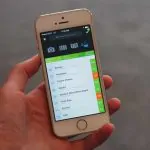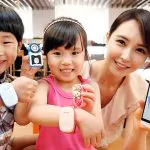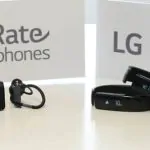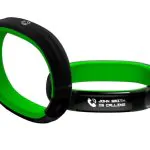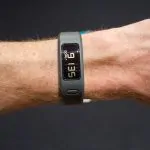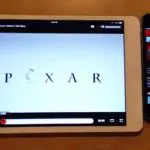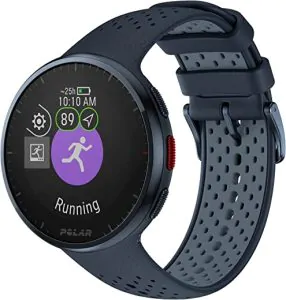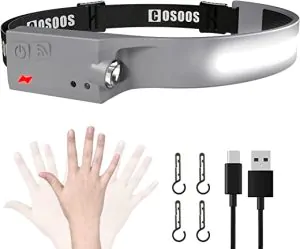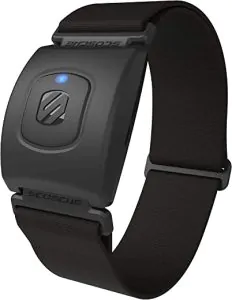
There are all kinds of devices on the market now that read our biometric responses and act accordingly. The only problem? What if we wear more than one and what if the devices get tangled up with one another? That’s a lot of Bluetooth action floating around our physical sphere, after all. Thanks to one ingenious scientist, that gadget confusion may be a thing of the past.
Scientists from Cornell University demonstrated a new technology this week during the Usenix Advanced Computing System Association workshop in Bellevue, Washington that takes the form of a biometric bracelet that can identify who’s wearing it and send medical information right to the patient’s medical record. Developed by Cory Cornelius, the bracelet has practical applications with medical devices that are shared in the home between patients, to make sure data from the users don’t get mixed up. Bad data is worse than no data.
He has already built a working prototype of the bracelet, which measures a person’s unique bioimpedance, or the effect their body has on a weak electric signal due to their size, bone and tissue structure. This particular information is then run across the biometric data obtained by other devices and soon a unique ID is created. No more confusion. Mr. Cornelius says he still has a fair amount of work to do on the project, including making sure it has the ability to determine how a particular person’s biometric profile changes over time. He also says he has no plans to commercialize the device, although he hopes others will.







